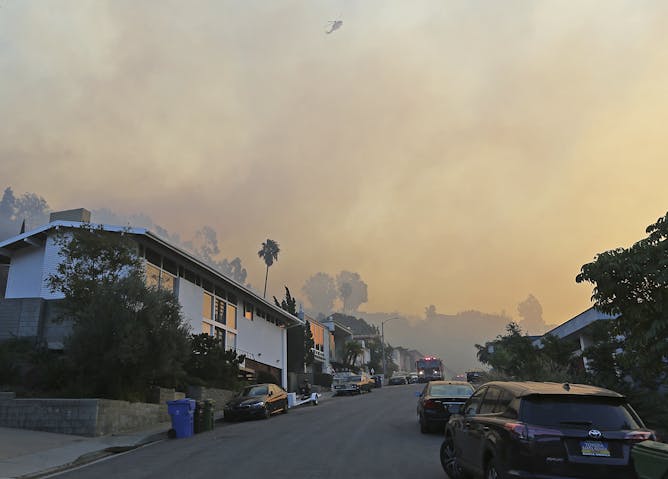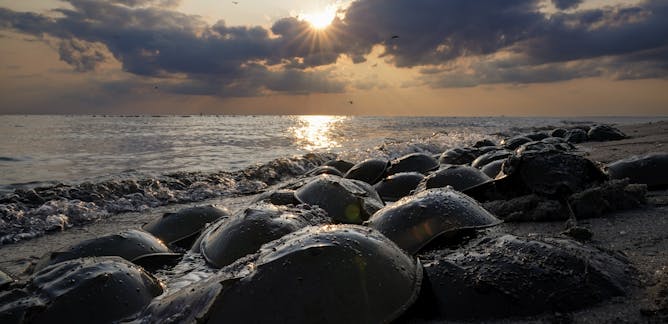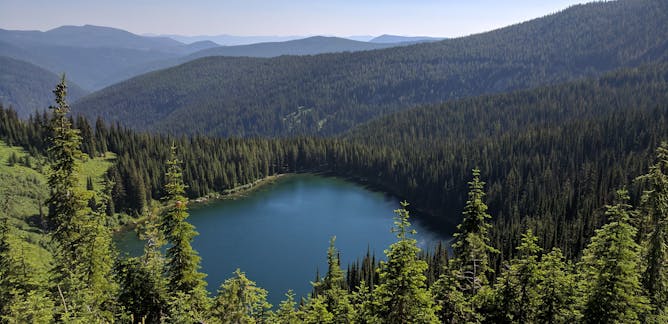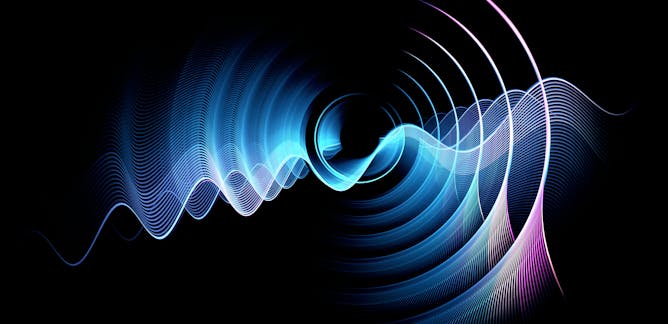|
|
|
|
Dealing with the health effects of wildfire smoke is a reality for millions of people, but what’s the best way to keep safe? Running air purifiers indoors and wearing masks certainly help, but some gases can get into a building and remain on surfaces such as floors and ceilings.
For a study published on Friday, Colorado State University atmospheric and indoor chemist Delphine Farmer recreated fire smoke in a lab and found that volatile organic compounds can persist for days and months, even after the smoke clears. The solution, she writes, is to “start cleaning” − physically removing the traces of smoke by vacuuming, dusting and mopping.
As you can imagine, much of our newsroom has turned its focus to covering the Israel-Hamas conflict and commissioning stories that can answer questions our readers may have. In this one, University of Colorado Boulder aerospace engineer Iain Boyd explains how Israel’s Iron Dome missile protection system works and how Hamas overwhelmed it with a high volume of rockets. “The Hamas attack will have repercussions for all of the world’s major military powers,” he
writes.
If you need a reminder or a pep talk on the importance of resistance training, I suggest reading Mississippi State University exercise physiologist Zachary Gillen’s explanation of the many benefits, particularly for middle-aged and older people. He notes that resistance training does not need to involve traditional weights but can include yoga, Pilates or circuit training with resistance bands.
Also in this week’s science news:
If there’s a subject you’d like our team of science editors to investigate, please reply to this email.
|

|
Martin LaMonica
Director of Editorial Projects and Newsletters
|
|

Smoke can get in around windows and doors.
AP Photo/Reed Saxon
Delphine Farmer, Colorado State University
Wildfire smoke, even from fires far away, carries potentially harmful gases that, once inside, tend to stick around. An air quality specialist offers an easy, cheap, effective way to deal with it.
|

Israel’s Iron Dome air defense system launches interceptor missiles to shoot down incoming missiles and rockets.
Ilia Yefimovich/Getty Images
Iain Boyd, University of Colorado Boulder
If Israel’s Iron Dome is the best air defense system in the world, how did so many Hamas missiles get through? An aerospace engineer explains it’s a game of numbers.
|

Resistance training can take many forms and can be individualized to suit a person’s needs as they age.
Jamie Grill/Tetra Images via Getty Images
Zachary Gillen, Mississippi State University
Weightlifting and other forms of resistance training can help stave off loss of muscle mass and other age-related physical decline.
|
|
|

Aaron Levine, University of Washington
An atmospheric scientist explains how El Niño works, this year’s oddities and why this phenomenon doesn’t last long.
| |

Kristoffer Whitney, Rochester Institute of Technology; Jolie Crunelle, Rochester Institute of Technology
Horseshoe crabs play a unique role in medicine, but they’re also ecologically important in their home waters along the Atlantic coast. Can regulators balance the needs of humans and nature?
|

Kyra Clark-Wolf, University of Colorado Boulder; Philip Higuera, University of Montana
As the climate warms, devastating fires are increasingly likely. The 2020 fires pushed the Southern Rockies beyond the historical average. Is there hope for the Northern Rockies?
| |

Jesse Liu, University of Cambridge; Dennis V. Perepelitsa, University of Colorado Boulder
Physicists uncovered a new experiment hidden in old data from the Large Hadron Collider. Using this innovative approach, the team has unlocked an entirely new way to study quantum physics.
|
|
|
|
|
-
Jaime Toro, West Virginia University
A deadly earthquake in Afghanistan, following one in Morocco, highlights the risks in the region.
-
Rachel Gur-Arie, Arizona State University
Vaccine policies fall on a spectrum, from mandates to recommendations. Deciding what to use and when is not so much a science but a balancing act between personal autonomy and public good.
-
Rhona Trauvitch, Florida International University
Advanced artificial intelligence is new, but a similar idea has been around for hundreds of years: the power of a just-right sequence of numbers, letters or elements to animate matter.
|
|
|
|
|
| | |
| | |
| |
| |
| |
|
|
|